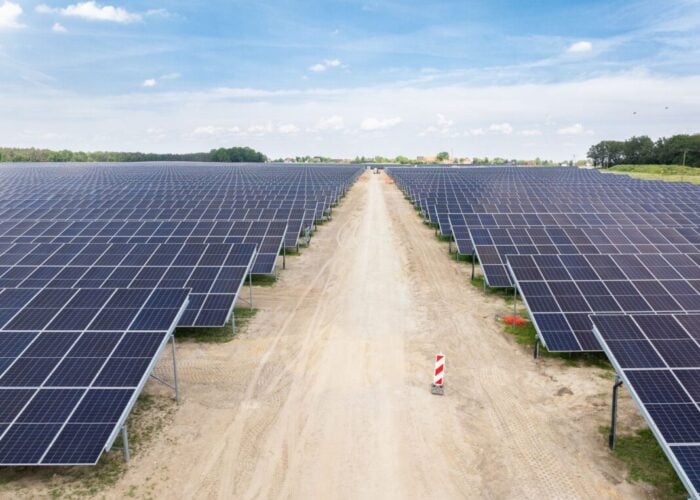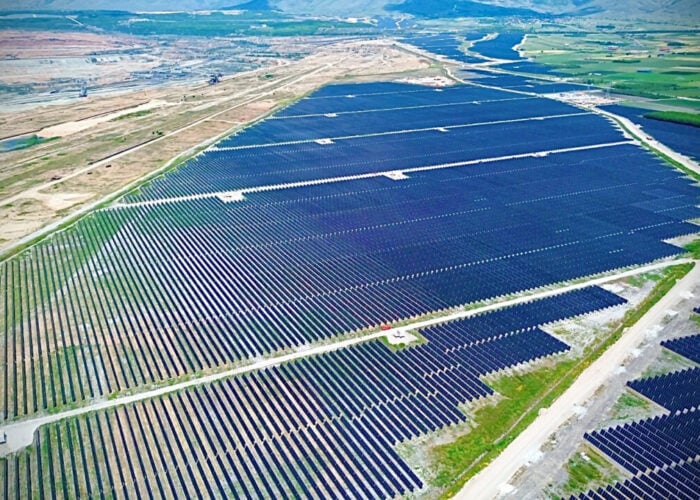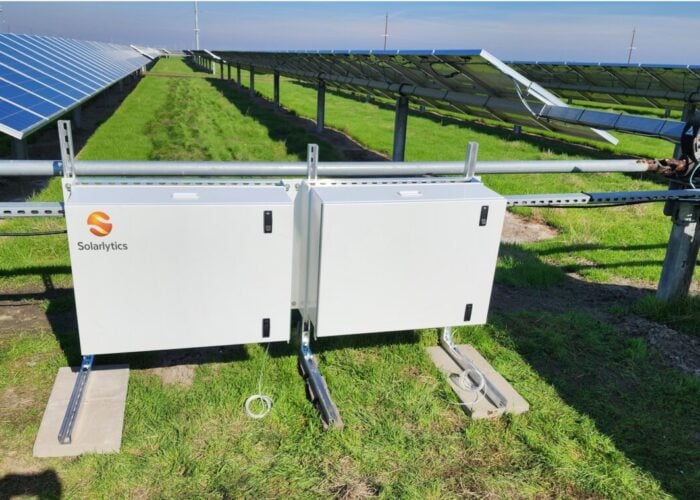
Solar projects have had a boom in the past few months in the Nordics with a flurry of announcements both in Sweden and Finland, with even large utility-scale projects announced recently of the type perhaps more typically seen in Southern Europe.
Among them was the acquisition of a 475MW solar PV plant from energy developer OX2, which started as a wind developer before entering the solar market in 2019, starting in Germany before expanding to other markets, among them Sweden and Finland.
Unlock unlimited access for 12 whole months of distinctive global analysis
Photovoltaics International is now included.
- Regular insight and analysis of the industry’s biggest developments
- In-depth interviews with the industry’s leading figures
- Unlimited digital access to the PV Tech Power journal catalogue
- Unlimited digital access to the Photovoltaics International journal catalogue
- Access to more than 1,000 technical papers
- Discounts on Solar Media’s portfolio of events, in-person and virtual
“Our knowledge about how the grid works in both countries is absolutely key for ourselves,” says Isaac García Moreno, head of solar and storage at OX2, in terms of bringing the company’s know-how from wind technology towards the solar market in the Nordics. This also allows the company to have easier engagement with local stakeholders due to their recognition in wind onshore or offshore projects in these markets.
“Another point for sure is the experience on how the development is done in wind. As you can imagine, in these countries the wind is quite well developed in terms of permitting, while solar is on an initial stage. But all the mistakes or all the success that we have already done and the countries of the framework have already done on wind, we can apply quite quickly to our solar developments.”
Even though the most advanced state of its solar portfolio is located in Poland, France and Spain, García Moreno says that Sweden and Finland – along with Poland – have the largest ones in terms of capacity. The company develops a project on a greenfield basis or develops or buys products from third parties.
Technology-wise wind remains the main technology for OX2, with solar PV accounting for 4.3GW of the company’s 33GW project development portfolio as of the end of Q1 2023. With 982MW, Sweden is the second market in terms of solar, after Poland’s 1.5GW, followed by Finland with a solar portfolio of 310MW, which does not take into account the recent acquisition of a 475MW solar asset in the country.
From a grid point of view it makes sense to develop at such a large utility-scale in Finland says García Moreno, as the country is already used to big projects with wind technology, adding: “We cannot expect that there will be a lot of projects of 400-500-600MW.”
Another important aspect of the grid in these countries that is crucial for García Moreno is the importance of managing a good relationship with the transmission system operators (TSOs) such as Fingrid in Finland. “It’s different compared to what we can expect in countries like Spain or Italy, who have a lot of knowledge about this [irradiation uncertainty].”
Differences between Nordics and Southern Europe
Developing projects in the northern hemisphere has its particular specificities and differences compared to southern European markets such as Spain or Greece, including the type of soil that can be used for solar PV that is quite particular to the region which are called pit. “In Sweden and Finland, it is quite usual to find this kind of soil. These are places in which you cannot do a lot of things and that will be quite good to use those lands for solar,” says García Moreno.
In terms of land availability, the company is currently focused on securing sites with low agricultural value and does not expect a trend of agrivoltaics projects similar to Southern Europe. However, OX2 is implementing these solutions in France and Italy – with the latter allocating US$1.5 billion towards agriPV in August 2022 – to be able to reciprocate the knowledge in Sweden when the time comes.
One of the main differences between Nordic countries with Southern European ones such as Spain, Italy or Greece is irremediably the irradiance.
“In Finland, there is a certain level of irradiation uncertainty and this is something that needs to be managed,” says García Moreno, adding that the knowledge of the relation between solar PV and the grid is really different between the northern countries with the southern ones. And similar across most of Europe, grid constraints are starting to appear in Sweden, adds García Moreno, while so far Finland has yet to see that issue.
“In Sweden, there is a more mature market. There are more developers working in Sweden, while there are fewer developers in Finland.”
This increased competition directly affects interconnection availability in Sweden as well as securing financing from banks.
“We don’t see that trackers will bring an upside here”
In terms of project development, the use of bifacial modules is an important aspect, as projects in these regions need to take into consideration the albedo during the development of a project. However, García Moreno says the use of trackers in Nordic countries is currently not a necessity.
“In general it’s almost the same technology. But on the cost of the operations and maintenance, you need to have different ways of working. You need to dig into different kinds of soils. And by now, we don’t see that the trackers will bring an upside here.”
With colder winters in Sweden and Finland, implementing the factor of the snow in the design phase is really important, in order to reduce the maintenance of the solar plant, once the project is operational. In terms of the use of specific technology there is not much of a difference with other regions, adds García Moreno.
“We see how the radiation levels within temperature are not fully aligned with what we are used to, but it’s more a matter of the design than the materials that we are using today.”






